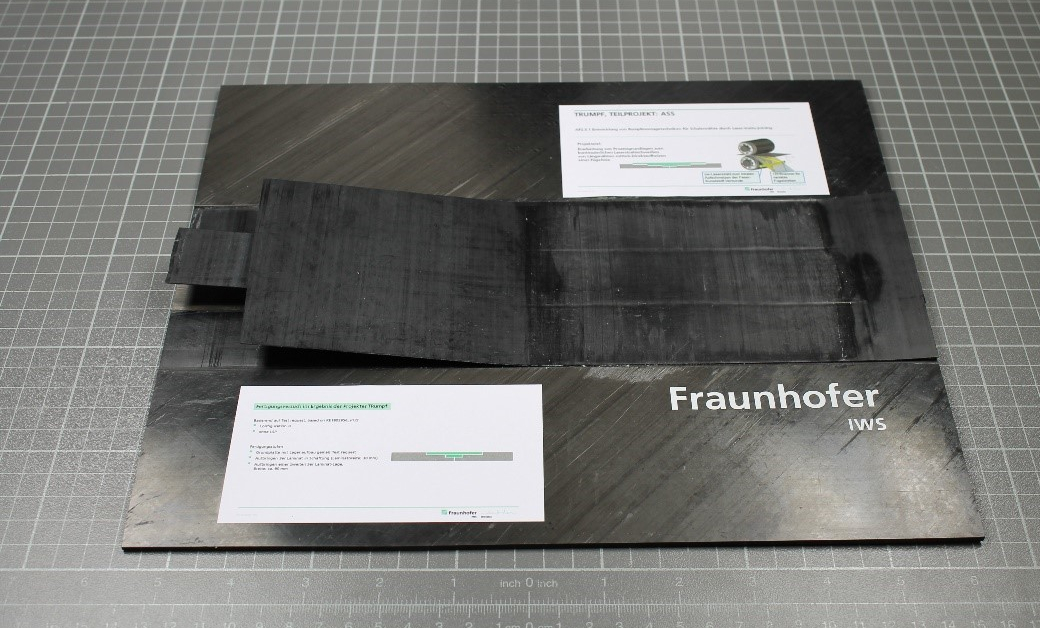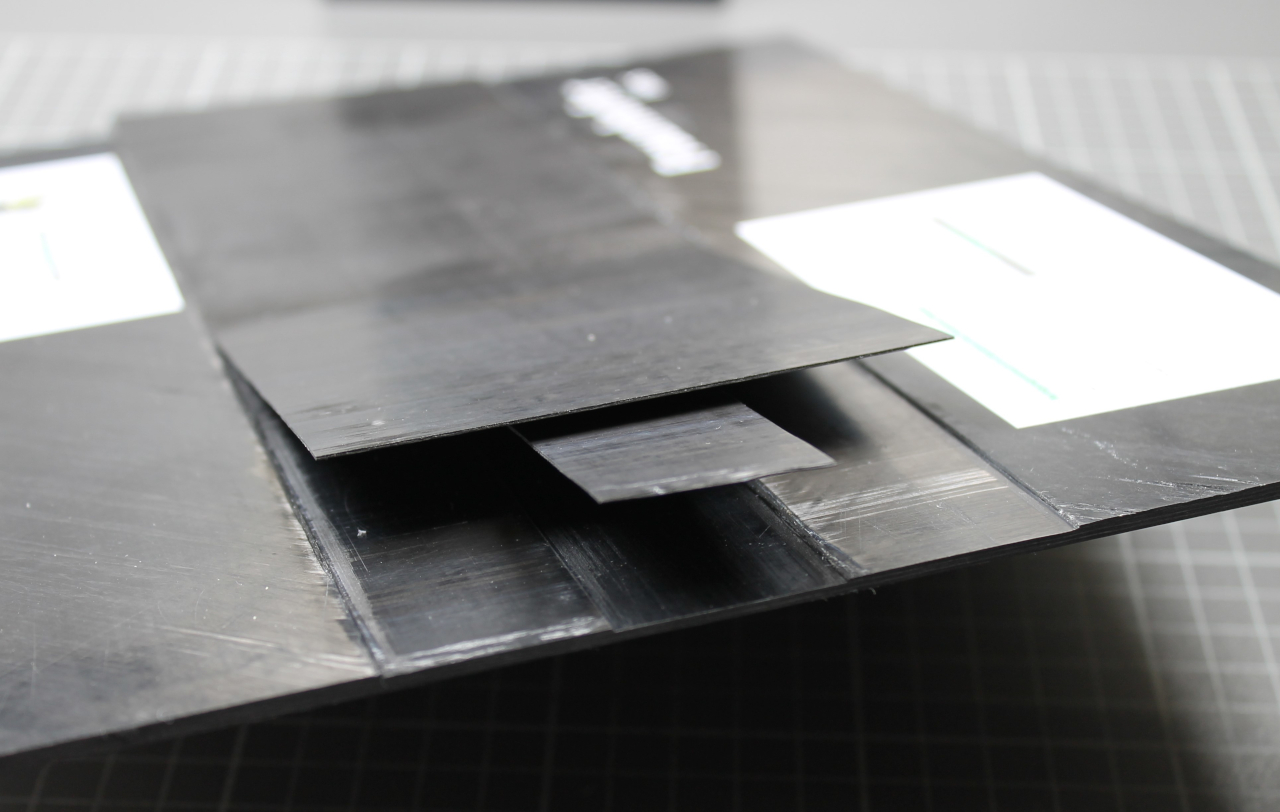Thermoplastic fuselage
In the TRumpf project, novel manufacturing and processing technologies for aircraft fuselage structures based on carbon fiber-reinforced high-performance thermoplastics have been developed.


Motivation
Research in recent years has led to findings that suggest the use of thermoplastic technologies is advantageous for the construction of structures for civil aircraft, especially fuselage structures. Due to their remeltability, materials based on thermoplastic polymers offer a wide range of advantages in terms of their processability compared to commonly used thermoset materials.
Aims and procedure
In the TRumpf project, technologies were tested and validated for their suitability for manufacturing fuselage structures and then their economic and technological advantages were analyzed in a holistic approach. In the associated sub-project TRumpf-ASS (Automated Surface Protection and Welding Processes for PEKK Fuselage), Fraunhofer IWS scientists developed "laser-in-situ joining", a joining technology that enables continuous laser welding (co-consolidation) of carbon fiber-reinforced thermoplastic laminates to create longitudinal fuselage seams.
The process is based on already proven automated depositing processes such as Automated Tape Laying (ATL) – but with one decisive difference: With the newly developed technology, pre-consolidated and multi-layer multidirectionally reinforced semi-finished products can be deposited in a single process step. Current manufacturing processes are limited to single-layer unidirectionally reinforced tapes. The ability to deposit semi-finished products at right angles to the implemented fiber directions opens up new manufacturing opportunities for joining complex structures.
Innovations and perspectives
The technology developed in the project paves the way for new manufacturing options for thermoplastic aircraft fuselage structures, which could drastically reduce the number of additional fasteners required in future aircraft generations. This saving would be reflected in the resulting total weight and thus directly in the form of a reduction in emissions.
 Fraunhofer Institute for Material and Beam Technology IWS
Fraunhofer Institute for Material and Beam Technology IWS